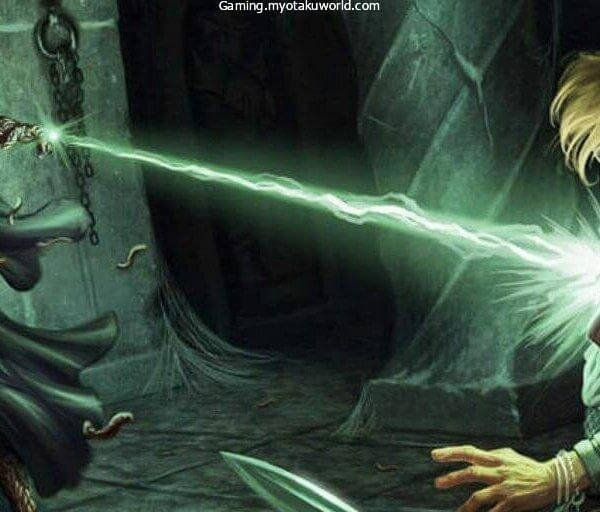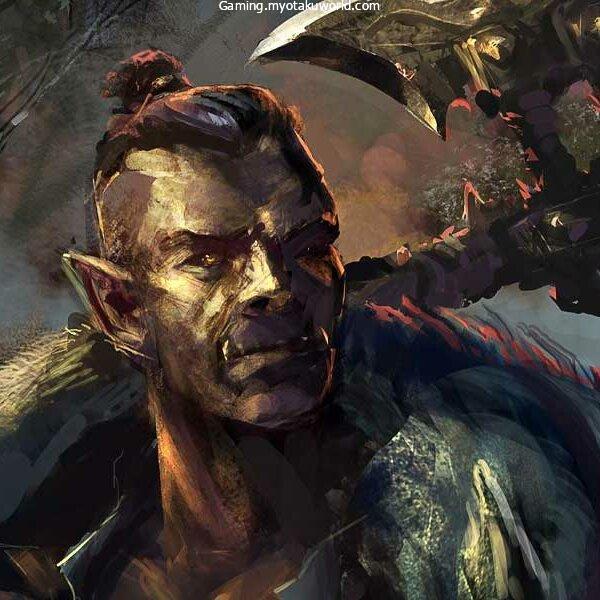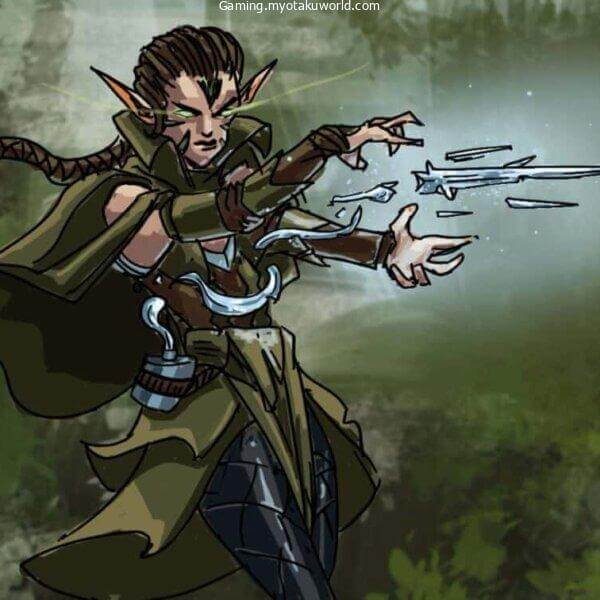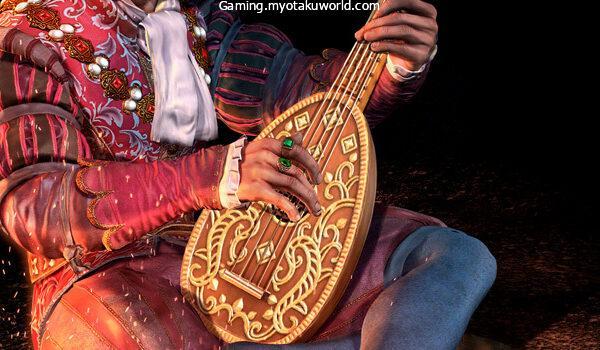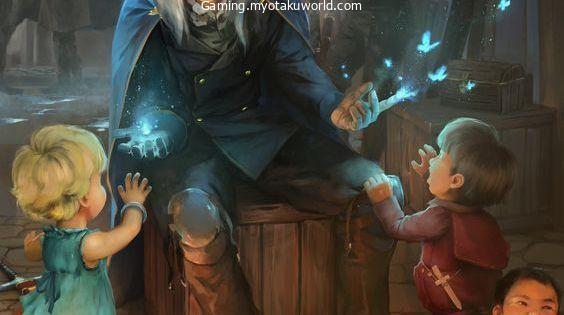From the start, DnD 5th edition hasn’t had any prestige classes, and Wizards of the Coast hasn’t given their blessing in any way. Epic level boons, which are given to characters between levels 17 and 20, are the closest thing.
This means that everything after the end of this paragraph is homebrew, so you can take it as is or change it however you like.
You might ask, “Why should I read this if I can’t even run in a Wizards of the Coast event?” I answer: If you’re running a personalized campaign, this might be a way to spice things up, make your player character even more unique, and personalize your campaign.
Here is my guide to prestige classes for 5e. It has my own ideas about what prestige classes should be like and what benefits they should give. You can change it or use it however you want.
What is a Prestige Class?
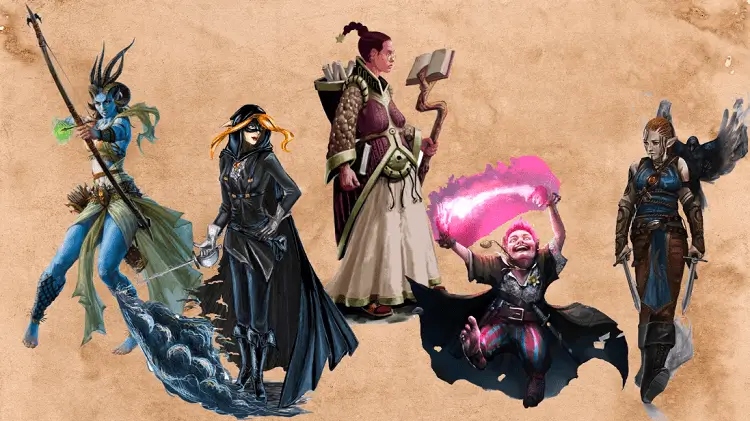
Prestige Classes are a feature of 3.5 and Pathfinder. Many players and Dungeon Masters wonder if and how they can use this awesome mechanic in their 5e games.
Here’s the scoop on Prestige Classes and how you can add them to your Fifth Edition games.
Prestige Classes are another way for players and NPCs to make their characters unique. Prestige Classes add more levels to their base classes and give level-up bonuses for levels that wouldn’t have anything new for that character.
There are hundreds of published Prestige Classes for 3.5, but since they aren’t in Fifth Edition, the only way for players or Dungeon Masters to use them in their games is to make them themselves.
Why is it not in D&D 5e?
So, in the 5th edition, the subclasses were changed so that each one was different. But by doing this, they have also limited the freedom that comes with investing skill points.
Because the levelling process is more streamlined, you only have choices for your subclass and feats you learn later. You could also use these ASI to improve your stats instead of getting feats. However, these are the only ways to change your character sheet.
Of course, you could also use multiclass as you levelled up. However, unlike in previous versions, you no longer lose XP if the difference between your classes is too big, and the stat requirements make multiclassing much easier now.
This gives you a wider range of features, but it could cost you health and higher skill levels. Getting a prestige class is the same as multiclassing, which isn’t always the worst thing.
In the 5th edition, they took this out because they wanted to keep the game’s power level even. The subclasses that were added to this edition to fix the problem of power creep make prestige classes even stronger.
The mechanics and lore of subclasses are the same as prestige classes. You have a wide range of skills and can specialise within those skills.
That doesn’t mean that you can’t bring back prestige classes in the 5th edition, though. I think there are two ways to do this. You can do it like the 4th or 3.5 edition, or you can do it differently.
This means that you can give a character access to one or more of these classes at any point during his or her twenty-level journey. You could also let players level up beyond twenty and raise the level limit from twenty to twenty-five.
How to Build a Prestige Class?
Since there are two kinds of builds for prestige classes, I will list the two ways I use to make them. There are some things they have in common, like the extra requirements needed to get into a unique class and the extra features it has.
In this case, five levels in a prestige class is my general rule of thumb. But if you look online, you’ll see that the requirements are strict but the features are many, which makes players feel more accomplished and powerful for choosing this build.
Last but not least, each Prestige class must have a theme in mind, whether it’s for use in combat or not.
Pre-level 20
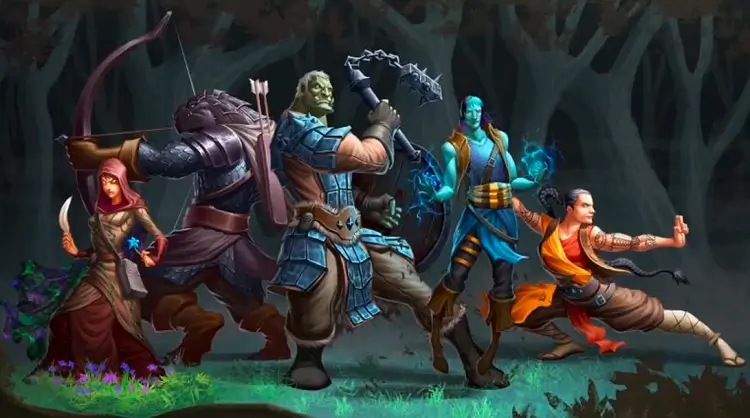
For classes before level 20, I usually make them with five or ten levels in total. Instead of a “capstone” skill, it has more powerful skills all around. For classes with five levels, I give each level a skill or trait and don’t use ASI at all.
The ones with ten levels are more like standard base classes, so they have a few ASIs here and there and a few levels where they don’t get a new ability but get better at casting spells or using a previous ability.
I tend to think that the requirements should be ten or fifteen levels in a certain base class. If I wanted to make a class that can attack more than once, for example, I would need ten levels in the Fighter class. This gives players time to think about their build since they don’t get access to it until the middle of the campaign.
Another requirement would be certain skills or feats that the character must be good at. For instance, an Archmage would need to know at least Arcana or have the Magic Initiate feat. It could even be more than one skill if you want to make it harder to get in.
Since feats themselves require stats or skills, this is a way to give players a way to “progress” towards their ideal character.
Lastly, I think the last requirement should be a stat requirement to make sure the character has enough strength, speed, or intelligence to be in the Prestige class. After all, it wouldn’t make sense for a Barbarian to become a Runewright just because he took one level in it.
For the skills and benefits that come with levelling up a Prestige Class. I would give them abilities like those of the base class, but they would be stronger or different in some way.
For example, a Fighter-based Prestige Class could have an ability that gives them a stronger pool of battle manoeuvres, or a Wizard-based Prestige Class could have more ways to change their magic.
You can make the early levels of a prestige class give proficiencies or expertise, while the later levels can give active abilities or extra action skills. It’s up to the DM and what kind of theme they have for the class to decide how they look.
Then you add things that are not features but are benefits of going into the class. This will include hit points per level, skill and tool proficiencies, and equipment, if they get any.
Post-level 20
Since they have already reached the level cap, these rules are a bit stricter. I have a rule that my players can only have one prestige class, because if they had more than one, they would be over level twenty.
I don’t change their proficiency bonus because making it even bigger could break the game. I let them raise their HP, but feats aren’t usually part of the features and skills they get from the Prestige class.
No matter what, I only let these Prestige classes have five levels. I do, however, let them use boons or blessings that let them change their prestige classes or respec. Most of the time, these prestige classes are stronger and harder to find than the base classes.
I like the extra levels because they make the players stronger. At this epic level, their characters are heroes whose stories will be told for generations.
I would look at the stats to see what was needed. Sometimes I would need an 18 or even a 20. When you add that to the fact that you have to meet multiple stat requirements, you are sure to get a hero-like character. This makes players more likely to plan out their builds ahead of time and keep an eye out for anything they want to try.
Besides that, I usually lock these classes behind quests or find specific bits of lore that are hidden around the world. It shows what the class can do and gives your players a quest or a goal to work towards. Maybe they need it to beat a certain enemy, or maybe a character thinks that once they get it, their journey will be over.
Lastly, like the last entry, I use feats and proficiencies as checkpoints to reach certain classes. At level 20, there is no other way for them to learn these, so they must have already done so or they can’t choose it.
In both cases, It would look something like this:
- “Prestige Class Name”
- Prerequisites
- Hit points per level
- Proficiencies
- Tool Proficiency
- Equipment
| Level | Feature | Resource (if ever) |
| 1st | Feature 1 | Spell slot |
| 2nd | Feature 2 | Battle Maneuver Dice |
| 3rd | Feature 3 | Uses per day |
| 4th | Feature 4 | Special Slots |
| 5th | Feature 5 | Inspiration |
Feature 1
Explanation
Prestige Classes Examples
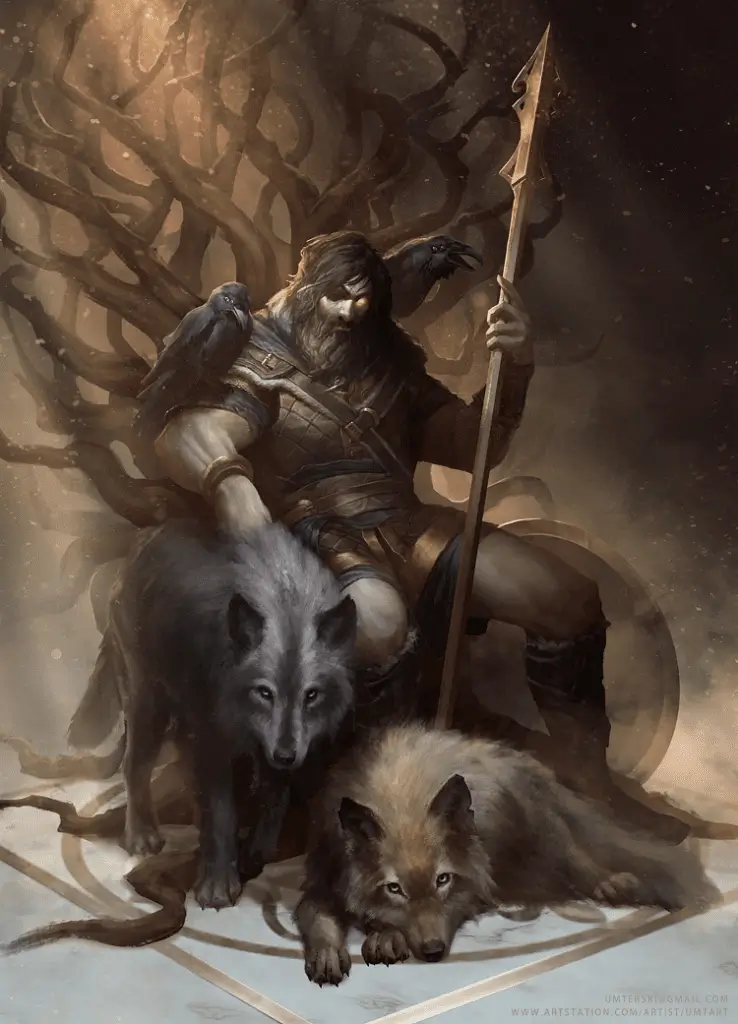
Here are a few examples of Prestige Classes and where I got them.
Rune Scribe (UA)
- Prerequisites: Dexterity 13, Intelligence 13, Proficiency in Arcana, Character Level 5th, Taught by a Rune Scribe.
- Hit points per level: 1d8+ Con
- Proficiencies: None
- Tool Proficiency: Caligrapher’s tools, Mason’s tools, Woodworker’s tools
- Equipment: None
| Level | Features | Spell slot per level |
| 1st | Rune Lore, Rune Magic | 1st level: 2 |
| 2nd | Runic Discovery | 1st level: 3 |
| 3rd | Runic Discovery | 1st level: 4 2nd Level: 2 |
| 4th | Living Rune | 1st level: 4 2nd Level: 3 |
| 5th | Rune Master, Runic Discovery | 1st level: 4 2nd Level: 3 3rd Level: 2 |
Rune Lore
Gain access to the “Complex property” of runes when attuned to them.
Rune Magic
You gain access to spell slots but have no spells known. Instead, you can expend those spell slots to empower certain effects of runes.
Runic Discovery
At the 2nd, 3rd, and 5th levels, you can choose a master rune and attune to it even if you do not own the item.
Living Rune
With every long rest, you can increase an ability score by two or two ability scores by one. Upon taking a long rest, you can reallocate the points spent or choose to keep it in the same stat.
Rune Master
When attuning to runes, you can choose one rune to attune to that does not take up an attunement slot.
Runes
- Opal of Ild Rune
- Orb of Stein Rune
- Pennant of Vind Rune
- Shard of Kalt Rune
Dragon Knight (Mine)

- Prerequisites: Strength 18, Constitution 14, A dragon egg or dragon hatchling, Character level 20.
- Hit points per level: 1d10 +Con per level
- Proficiencies: Draconic Language
- Tool Proficiency: None
- Equipment: None
| Level | Feature |
| 1st | Draconic Companion, Dragon’s Growth |
| 2nd | Dragon’s Wrath |
| 3rd | Dragon’s Growth, Dragon Riding |
| 4th | Lordly Presence |
| 5th | Dragon’s Growth, Heart of Two |
Draconic Companion
You become close to your dragon, and you can talk to it. The dragon will learn one language you know, and if you are within 100 feet of it, you can talk to it telepathically.
You can use an action to tell the dragon what to do, but you can’t ride it. If the dragon has no health left, it makes saving throws like a player. It can be brought back to life in the same way that a player can be brought back to life.
Dragon’s Growth
At 1st, 3rd, and 5th level, your dragon companion grows to be as strong as you. It gets the stats of a Wyrmling, then a Young, then an Adult of the same colour as your companion. With the exception of legendary resistances and actions.
Dragon’s Wrath
When you take the attack action, the dragon can also make a breath attack or a single attack against the same target.
Dragon Riding
You can think of your dragon as a mount and use the rules for mounted combat. At the moment, the dragon is not thought to be smart, so it needs to be controlled.
Lordly Presence
As a bonus action, you can tell your dragon to do certain things. When it hears a command, it will start to do what you told it to do, taking the lead in combat after your turn. You can give it a new command by spending another bonus action.
Heart of Two
Your Draconic Companion and you both have the same resistances and immunities.
Guardian (DND Unleashed)
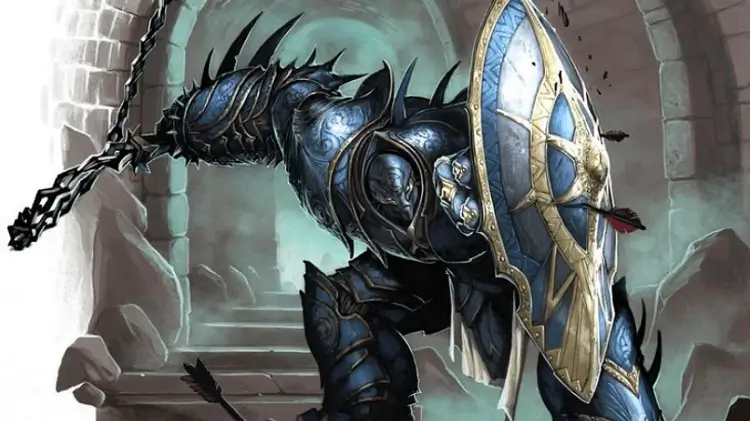
- Prerequisites: Constitution 15, Character level 6th, Extra attack or Shield proficiency
- Hit points per level: 1d10+ Con
- Proficiencies: None
- Tool Proficiency: None
- Equipment: None
| vel | Feature | Resource (if ever) |
| 1st | Guardian’s Calling, Guardian’s Mark | Mark attacks: 2 Ability Marks: 2 |
| 2nd | Protection Speciality, Withstand Pain | Mark attacks: 2 Ability Marks: 3 |
| 3rd | Powerful Reprisal, Unwavering | Mark attacks: 3 Ability Marks: 3 |
| 4th | Ability Score Improvement | Mark attacks: 3 Ability Marks: 4 |
| 5th | Powerful Reprisal, Unyielding | Mark attacks: 4 Ability Marks: 4 |
Guardian’s Calling
Any chance attacks you make give you a damage bonus equal to 1 + your Constitution Modifier (minimum of +1). When you try to persuade a humanoid that is missing hit points with a Charisma check, you get a bonus equal to your Constitution modifier (minimum of +1).
Guardian’s Mark
You can mark a creature until the end of your next turn if you hit it with a melee attack. You can also mark a creature if you hit it with a spell, an effect that acts like a spell, or a creature that can channel divinity. You can only mark one creature per turn, and you can only mark the same creature as many times as your Ability Marks.
While they are in your attack range, marked creatures have a disadvantage when attacking anyone other than you. If the creature does damage to someone other than you, you can use your reaction to make one melee attack against it.
This is a chance attack, and you can only use it as many times as the number of Mark Attacks you have. After a short or long rest, uses that have been used up come back.
Protection Speciality
Either Sacrificial Dive or Warding Magic can be learned.
With sacrificial dive, you can take an attack from a creature within 5 feet of you, and no matter how the attack was rolled, it will hit you.
When you use Warding magic, you get the spell Shield Other, which lets you use Shield on an ally as a reaction.
Withstand Pain
You can gain temporary hit points equal to 1d4 + your Guardian level + half your total level as an extra action on your turn or as a reaction before taking damage from a creature you have marked.
This will go on for a minute. You can use this ability as many times as your Constitution modifier, with a minimum of 1. After a long rest, you can use this ability again.
Powerful Reprisal
You can always learn two techniques that improve your defence, and every time you gain a level in Guardian, you can change one of them. When a creature you marked within 60 feet of you attacks, you can see if it hits another creature. You can use one of the two skills you learned by how you react.
Divine Reprisal lets you use your channel divinity against an enemy creature as if you were taking an action or a bonus action.
After that, you get back hit points equal to half your level plus twice your Constitution modifier. Furious Retribution makes you move 10 feet faster and gives you an advantage when using melee attacks against the enemy that triggered it.
These are called attacks on opportunities. If you have the Rage class feature, you can get angry during this effect. If you are angry and enraged when you attack the enemy with a melee weapon, you can get a critical hit on a 19 or 20.
Leaping Reprisal lets you jump up to 60 feet away and 20 feet up towards the enemy who triggered it. You can then make a melee weapon attack against that enemy with an advantage and a bonus to your damage roll equal to your Constitution modifier (at least +1). There are a lot more Reprisals, but these are the ones that stand out to me the most.
Unwavering
When you hit with an opportunity attack and do damage to the target, your damage roll gets a bonus equal to your proficiency bonus, and you get to use your reaction again.
Also, after a short rest, when you roll for hit dice, you can choose to reroll the die and use the new result instead. You can use this ability up to the number of hit dice equal to your proficiency bonus. After a long rest, you can use it again.
Cryptlord (5esrd)

- Prerequisites: Intelligence or Wisdom 15, Constitution 13, Proficiency in Arcana or Religion, Spellcaster 5th level, know the Animate Dead spell, Join a Necromantic Order.
- Hit points per level: 1d8+ Constitution
- Proficiencies: None
- Tool Proficiency: None
- Equipment: Spellbook
| Level | Feature | Resource (if ever) |
| 1st | Spellcasting, Undead Familiar | 1st level: 2 |
| 2nd | Undead Master | 1st level: 3 |
| 3rd | Nightmare Horde | 1st level: 4 2nd Level: 2 |
| 4th | Ghastly Form | 1st level: 4 2nd Level: 3 |
| 5th | Become Death | 1st level: 4 2nd Level: 3 3rd Level: 2 |
Undead Familiar
Find Familiar is a spell you can learn and use as a ritual. It doesn’t count towards the number of spells you know. You can now summon things like skeletons, wolves, zombies, and giant poisonous snakes.
If your familiar was once alive, it is now dead and has the same resistances, immunity, and weaknesses as a zombie or skeleton. If you use the attack action, you can skip one of your attacks so that your familiar can use its reaction to make an attack instead.
Undead Master
Once per Long rest, you can choose any number of uncontrolled undead creatures within 30 feet of you. They must make a Charisma save against your spell save DC. If they fail, you charm them for 24 hours or until you or your allies hurt them.
Nightmare Horde
You can use an action to cast animate dead, but if you use a whole minute to cast it, you are considered to have used a spell slot one level higher than the one you used for this spell. Also, each hit die gives the undead made this way two more hit points.
Ghastly Form
You get protection from poison, damage from necrotic things, and you can’t get poisoned anymore. You can also see up to 60 feet in the dark. You get a +1 bonus to your Armor Class when you don’t have any armour on and aren’t using a shield.
Become Death
You can undergo a ritual to turn yourself into an undead, requiring 1000Gp and one week. Once finished, you gain the following benefits.
- You are now considered an Undead
- Your Constitution Score increases by two up to a maximum of 22
- You are resistant to cold damage
- You are immune to poison damage
- You cannot be exhausted
- You gain Turn Resistance.
FAQs
What is a Prestige Class 5e?
Unique classes that help a character specialise even more are called prestige classes. They tend to be less common than the base classes and take less time to level up.
HOW DO PRESTIGE CLASSES WORK D&D?
As long as you meet the requirements to level up in them, they are just specialised versions of the base classes that are sometimes stronger.
DOES 5E HAVE PRESTIGE CLASSES?
No, they don’t do it officially. But WotC did put out an unearthed arcana about this subject. Since unearthed arcana is how they test unofficial content before putting it out, this is as real as it gets.

